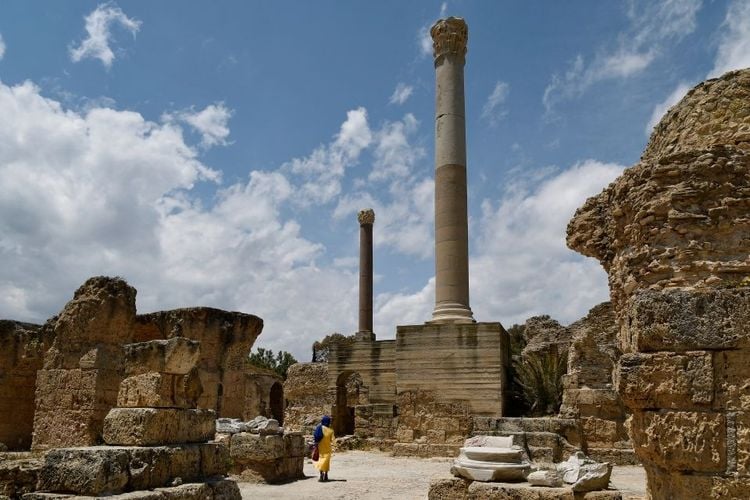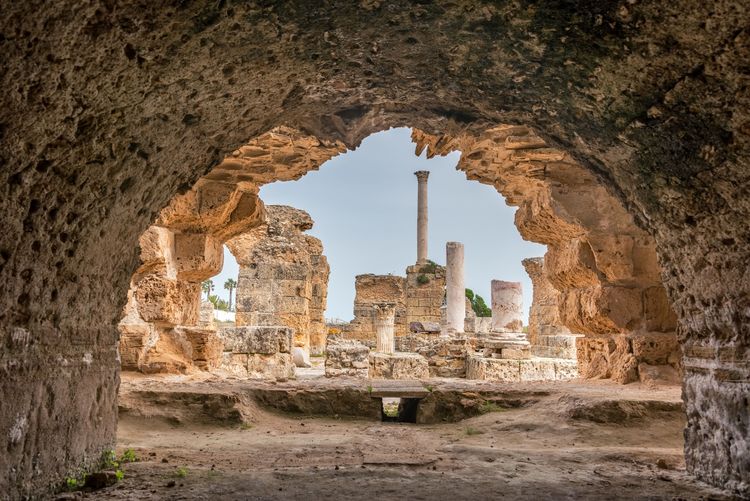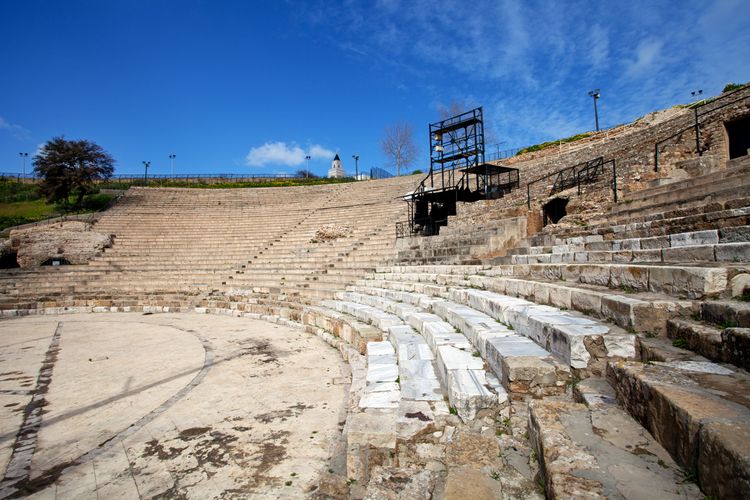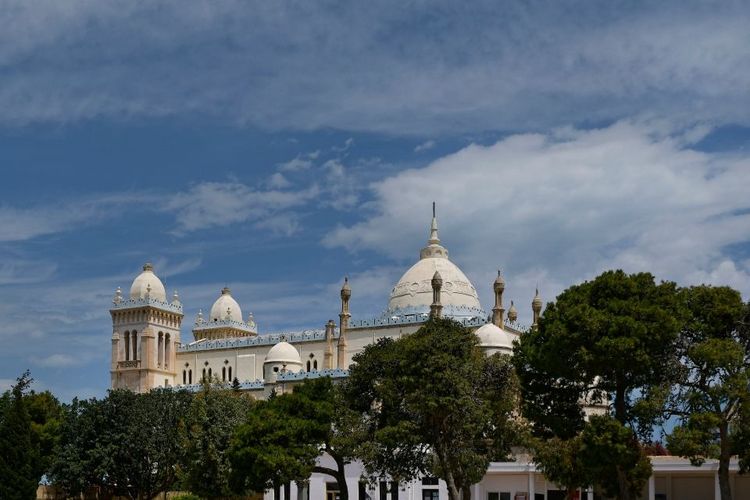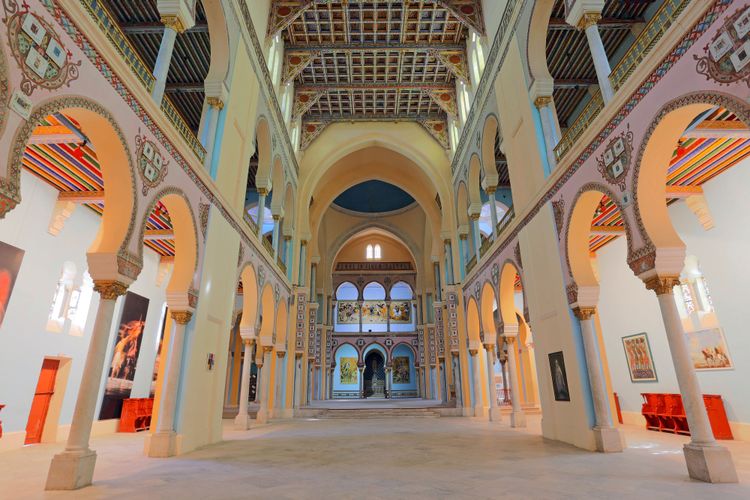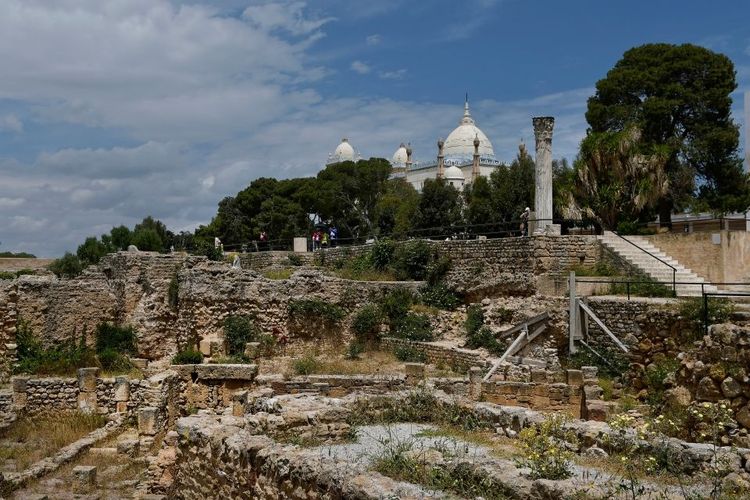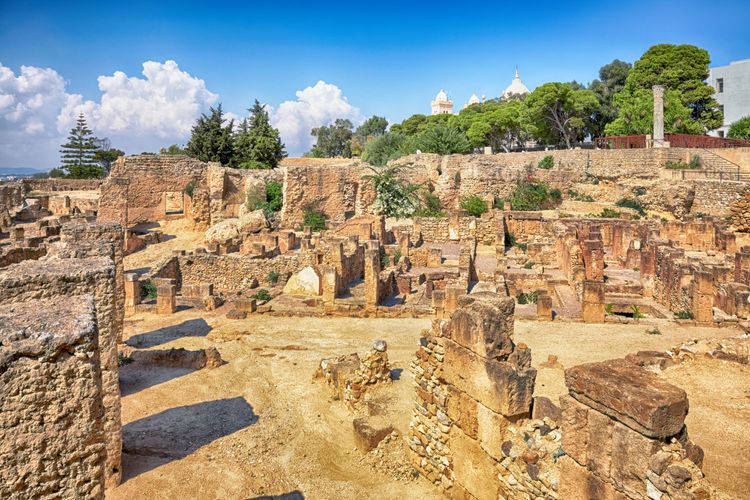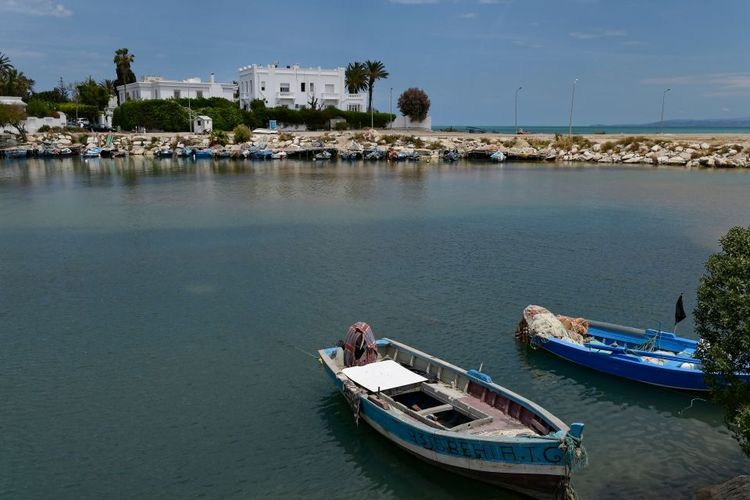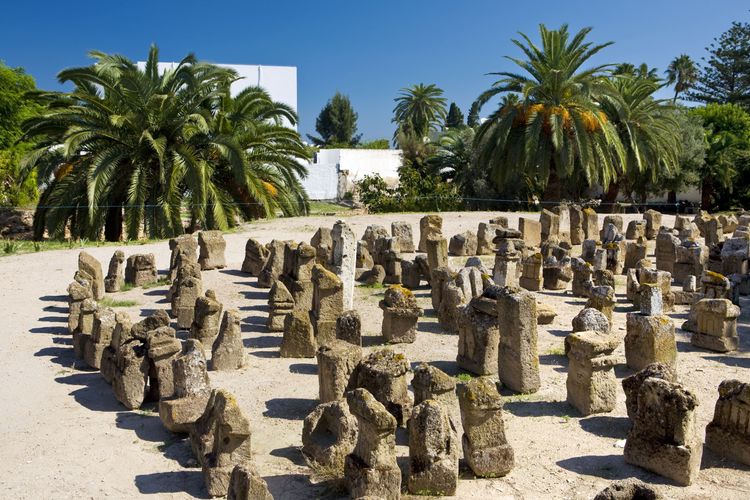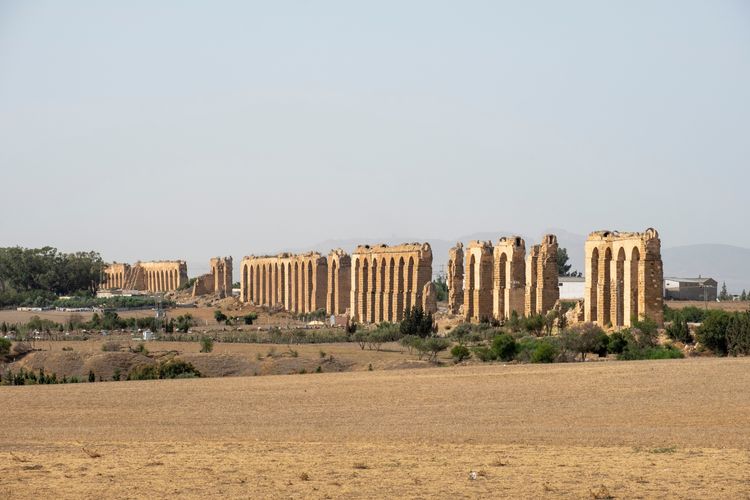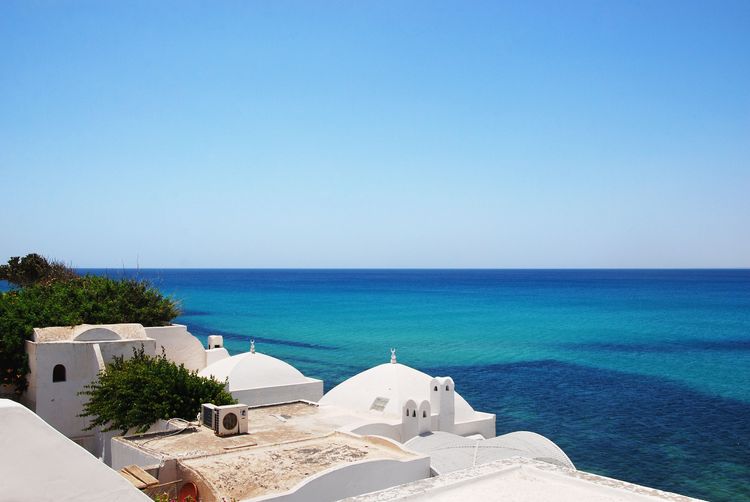When you land in the Tunisian capital, you immediately realise the importance of this mythical site, which has given its name to more than sixty cities around the world! The most famous are Cartagena in Colombia and Cartagena in the Spanish province of Murcia. Listed as a UNESCO World Heritage Site since 1979, the archaeological site of Carthage is just 20 minutes from the slopes and is a must-see on any trip to Tunisia.
Don't miss: the amphitheatre, the Carthage National Museum and its garden, the Roman forum, the Hannibal quarter, Saint-Louis Cathedral at the top of Birza hill, Antonin's baths, the 60,000 m3 cisterns, and the Salammbô oceanographic museum, between the two Punic ports, next to the necropolis for young children (the Tophet). The remains of the Punic period (i.e. before the Romans) include the Tophet, the oldest Punic place of worship, set in a large garden in the Salammbô district, and the old war and trading ports.

